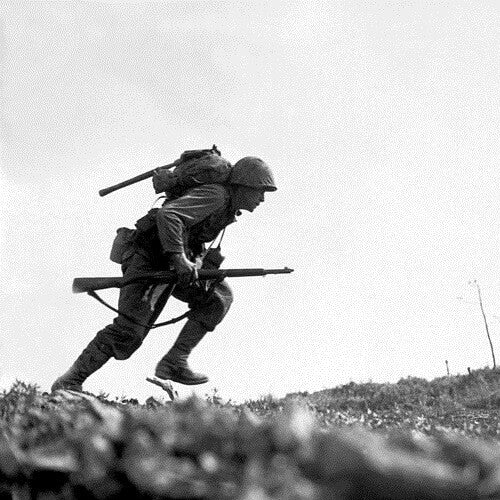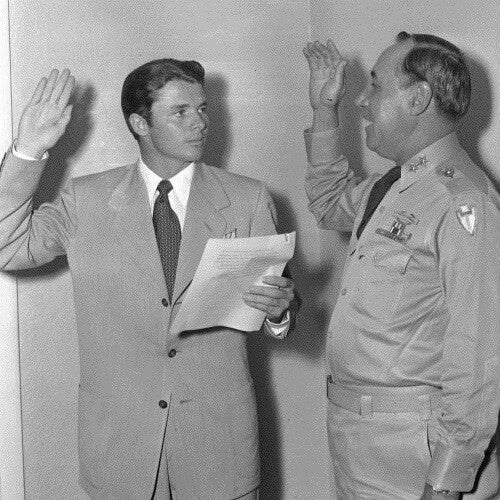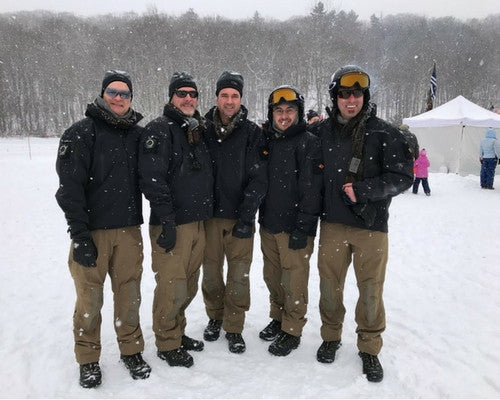
Historical Highlights - June 22nd
Photo by Pvt Bob Bailey, USMC
The last major battle of World War II came to a bloody end on June 22nd, 1945 when the last few Japanese soldiers remaining on the southern peninsula of Okinawa.
82 days of the fiercest fighting in the Pacific Theatre had begun on April 1st, 1945. Okinawa was to be the last objective in a long campaign of island hopping. it would serve as a base for aircraft supporting the planned assault on the home Japanese islands. Casualties were immense on both sides, with US forces suffering 12,520 killed in action, and 55,162 wounded, while estimates of Japanese killed in action totals range from 77,000 to 110,000. Over 7,000 Japanese soldiers would surrender, a significant departure from previous battles in the Pacific. However, some of these were local Okinawan civilians who had been pressed into service by Japanese forces.
The presence of civilians on Okinawa provided a dark contrast to to previous island campaigns. Okinawa had an estimated civilian population of around 300,000. By the end of the battle, nearly half of them would be dead. Many, including children were forcibly drafted by the Japanese, or used as human shields. Others were directed to commit suicide, as Japanese propaganda indicated that the Americans would brutalize them. And many were simply caught up in the fighting, killed by airstrikes or artillery, or indiscriminate gunfire.
The unprecedented carnage on all sides got amplified by the dismal conditions Heavy rains turned Okinawa into a thick, muddy soup. Vehicles were nearly useless in those kinds of conditions. Bodies would be swallowed up by the muck, so it was difficult to retrieve them for burial. As a result, thousands of dead would litter the battlefield, permeating everything with the stench and taste of death. These horrifying conditions, coupled with constant artillery and mortar fire, lead to more cases of what we would today call PTSD than any other Pacific Theatre engagement
While the US did eventually capture the island, securing the needed airbase to support a direct invasion of Japan, the sheer brutality may have contributed to American military leaders seeking an alternative to an amphibious landing on the mainland. That would come in the controversial use of two atomic weapons on Hiroshima and Nagasaki, and so Okinawa was the last major battle of the war.




Leave a comment
This site is protected by hCaptcha and the hCaptcha Privacy Policy and Terms of Service apply.